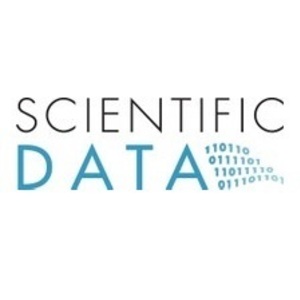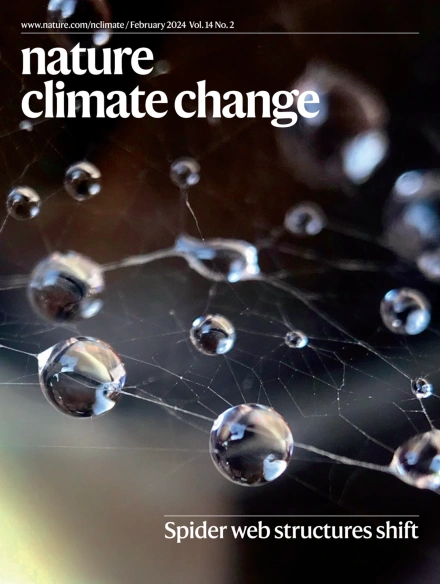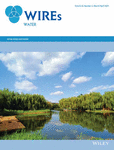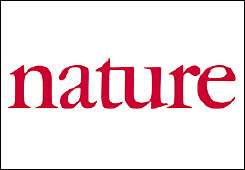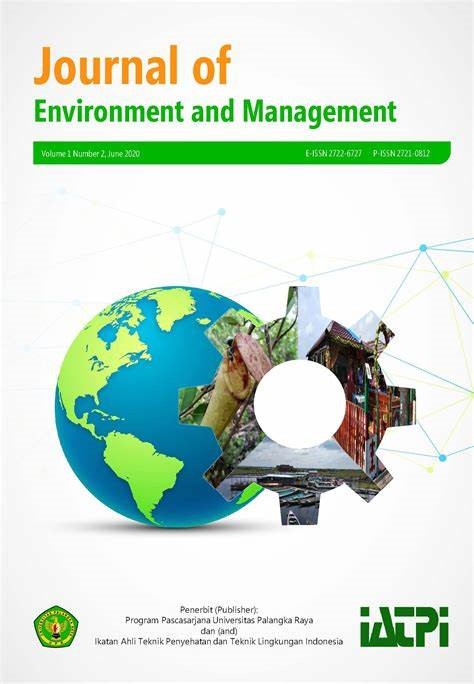- Department:(Dept. 2) Community and Ecosystem Ecology
Quantitative description of six fish species’ gut contents and prey abundances in the Baltic Sea (1968–1978)
This data paper presents a multi-year database containing information about diets and traits for demersal fish species from the Western Baltic Sea, as well as on resource abundances and environmental conditions. These historical data are unique as they provide detailed descriptions of quantitative and trait-based consumer-resource interactions enabling various ways of innovative food-web analyses.
Flexible foraging behaviour increases predator vulnerability to climate change
Based on a combination of (historical) empirical data and model simulations the authors investigated how size-selective adaptive behaviour under warmer conditions in demersal marine fishes might affect their long-term population stability. Under warmer conditions the fish species studied tend to consume less efficiently by choosing smaller and more abundant prey increasing their extinction risk.
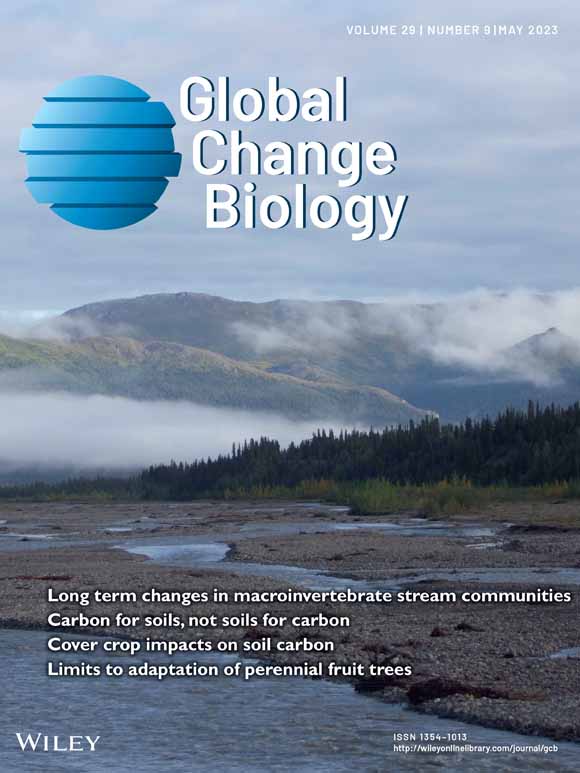
What factors influence the rediscovery of lost tetrapod species?
The authors created a database of lost and rediscovered tetrapod species (amphibians, reptiles, birds and mammals), identified patterns in their distribution and factors influencing rediscovery. Tetrapod species are being lost at a faster rate than they are being rediscovered, due to slowing rates of rediscovery for amphibians, birds and mammals, and rapid rates of loss for reptiles
Reviving Europe's rivers: Seven challenges in the implementation of the Nature Restoration Law to restore free-flowing rivers
The authors identified potential challenges and ambiguities in the EU-NRL for restoring free-flowing rivers. They propose clear definitions of critical terms and the development of integrated assessment methods for prioritising actions to improve river connectivity as novel solutions to these challenges, contributing to the success of habitat restoration and biodiversity protection.

Three hundred years of past and future changes for native fish species in the upper Danube River Basin—Historical flow alterations versus future climate change
The authors show that fish have been particularly sensitive to changes in flow regimes in the past, while higher temperatures will pose the greatest threat in the future. The threat assessment will remain at least as high in the future. However, it could probably be mitigated by reconnecting former floodplains and improving river connectivity.
A framework for untangling the consequences of artificial light at night on species interactions
By altering essential environmental cues Artificial Light at Night (ALAN) is restructuring if, how and when animals interact. In this publication the authors explored the role of ALAN on ecological interactions and reviewed research studies that addressed this issue, most of whom were just published during the last three to five years.
Light pollution of freshwater ecosystems: principles, ecological impacts and remedies
Freshwater ecosystems across the world are biodiversity hotspots but also disproportionately threatened by light pollution. In this review the authors provide a synthesis of current knowledge on light characteristics and the ecological consequences of artificial light in inland waters and coupled adjacent ecosystems. The focus is on recent insights into effects and on ways to mitigate them.

Hypotheses in urban ecology: building acommon knowledge base
This study identified 62 research hypotheses used in urban ecology and mapped them in a conceptual network. It is the first such network, which also clusters urban ecology hypotheses into four distinct themes: (i) Urban species traits & evolution, (ii) Urban biotic communities, (iii) Urban habitats and (iv) Urban ecosystems.
The recovery of European freshwater biodiversity has come to a halt
The comprehensive study shows that between 1968 and 2010, biodiversity in river systems in 22 European countries initially recovered due to improved water quality. Since 2010, however, biodiversity has stagnated; many river systems have not fully recovered. The researchers therefore urgently recommend additional measures to further promote the recovery of biodiversity in inland waters.
Short-term effects of macrophyte removal on aquatic biodiversity in rivers and lakes
Study of the effects of macrophyte removal on phytoplankton, zooplankton and macroinvertebrates at five sites with highly variable characteristics repeating the same Before-After-Control-Impact design to disentangle general from site-specific effects. Macrophyte removal had negative effects on biodiversity, esp. on zooplankton and macroinvertebrates. It had positive effects on phytoplankton.


